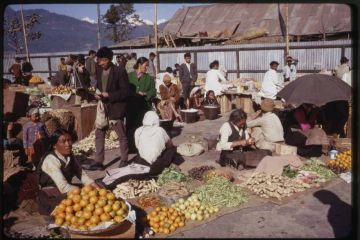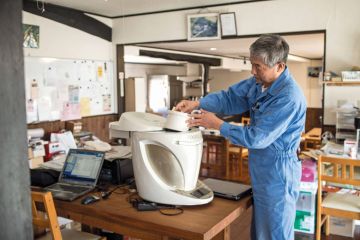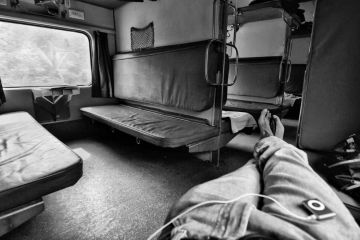Podlasie region in Eastern Poland has for long been considered a traditional part of the country, with small towns and villages dotting the mostly rural landscape, where local communities exist in peace and farming and small-scale industry provide jobs and stability.However, following profound social and economical changes, the traditional landscape is gradually becoming a thing of the past while the romantic idea of village life we still hold in our minds simply no longer exists.In 2004, Poland





